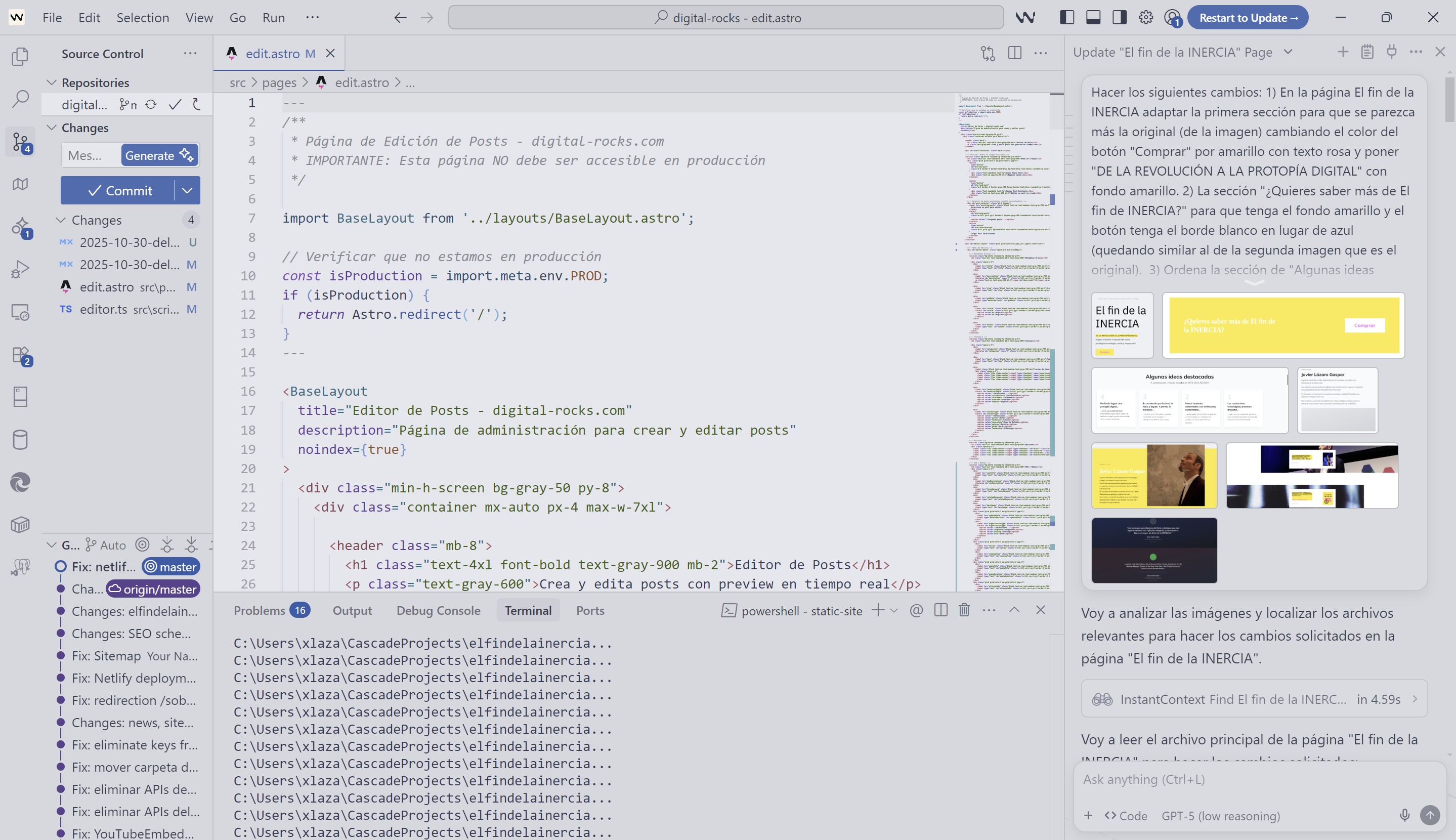The Value of Learning in Lean Startup

Listen to this post
The Value of Learning in Lean Startup description: >- Analysis of the value of validated learning in Lean Startup. How tests and experiments drive innovation and reduce risks. pubDate: '2018-03-30T08:12:00+02:00' categories: - Digital Leadership tags: - Lean Startup - Books - Strategy - Organizational Change expertiseArea: - Artificial Intelligence - Digital Leadership technicalDepth: intermediate contentType: case-study executivePerspective: true organizationType: both featured: false evergreen: false readingTime: 6 min locale: en seoTitle: The Value of Learning in Lean Startup | Artificial Intelligence seoDescription:
Eric Ries defines a STARTUP as an organization dedicated to creating something new under conditions of EXTREME UNCERTAINTY (see previous post «Lean Startup: common sense»).
If this is the case, what value do learnings that reduce this uncertainty have? How do you convince of the value of a project when all you have are learnings? How to manage it in a large company?
In the following 4-minute video, Ries summarizes his vision on the subject in an interview.
Eric Ries explaining the value of Lean Startup
The key to convincing lies in proving that a learning is real, that it exists, and that it truly reduces the uncertainty of a project.
To do this, we start from the Business Model Canvas (see previous post «What it is and how to use the Business Model Canvas») and identify all the hypotheses that make it possible. The BMC is nothing more than a series of hypotheses with which we try to define a business model, but what happens if those hypotheses are incorrect?
There will be critical hypotheses such as, for example, is the target customer segment interested in my product? If I intend to use an APP to offer my product, is that segment willing to use an APP to access the product?
What future does my project have if I do not validate these hypotheses? What good are fantastic forecasts if when I reach the market I find that my hypotheses were incorrect?

Testing and learning on the street
TEST TO LEARN
Alex Osterwalder, Yves Pigneur, and their team provide us with the necessary tools to face learnings in a realistic and scientific way in their book “Designing the Value Proposition”. They are based on tests or experiments that allow us to reduce risk and uncertainty.
To start, let’s see how they define these experiments.
The 10 principles of testing:
1.- Data surpasses opinions.
2.- Learn faster and reduce risk by accepting failure.
3.- Test early and refine later.
4.- Experiments are not reality (although they resemble it).
5.- Balance learning and vision.
6.- Identify what kills ideas (prioritize the most critical hypotheses).
7.- First understand the customers.
8.- Make it measurable.
9.- Accept that not all facts are equal.
10.- Test irreversible decisions twice.
The process they propose is simple and systematic:
- Extract the hypotheses: at least from the BMC.
- Prioritize by criticality: their impact if not met. What could end the business sooner?
- Design the experiments: using test cards.
- Prioritize the experiments: prioritize by criticality of the hypotheses but also by ease of executing the experiment. The simplest, cheapest, fastest experiments of the most critical hypotheses should be the first.
- Execute the experiments: following the Lean Startup cycle: build-measure-learn. An experiment can involve validating a hypothesis (fantastic), invalidating it (time to pivot), or the need to keep learning (look for another way to validate it).
- Capture the learnings: using Learning cards, we will reflect the conclusions of the experiment execution.
- Progress: try to learn quickly): several rapid iteration cycles based on simple experiments generate more learning than fewer slow cycles based on complex experiments.
“The faster you iterate, the more you learn and the faster you succeed.”
_Alexander Osterwalder, Yves Pigneur, Alan Smith, and Gregory Bernarda in_Â Designing the Value Proposition
TEST CARDS & LEARNING CARDS
Like all Strategyzer templates, Test cards are simple documents but have the value of forcing synthesis and reflection. In this case, they force to explicitly indicate:
- The hypothesis and its criticality
- How to validate it, its cost (low, medium, or high), and its reliability (validation with a final product mockup will be more reliable than one with an image on paper)
- The metrics we will measure
- The values that determine that the hypothesis has been successfully validated
With this information, we have enough information to prioritize the tests, execute them, and evaluate their results.
In the following 2-minute video, Alexander Osterwalder describes how to use the Test cards.
Validating ideas with Testing Cards
Learning cards are the other side of Test cards. Executing experiments is useless if you do not learn from them. Just as Test cards allow you to systematize experiments, Learning cards help systematize learnings.
Learning cards force you to detail:
- What hypothesis were we trying to test?
- What have you observed in the experiment? What have you discovered or learned?
- What do you deduce from those observations?
- What will you do based on these learnings? How will you improve your BMC based on them?
Below you can see the format of both cards:
In the following link, you can find more information and all the necessary templates to execute your own experiments:
https://strategyzer.com/canvas
CONCLUSIONS
In an uncertain environment, nothing has more value than the learnings that allow you to reduce risk and uncertainty.
It is important to be able to demonstrate the learning obtained.
Learning does not occur by chance; it requires a systematic method to achieve it.
The combination of Test cards, Learning cards, and Lean Startup iteration cycles is an excellent combination to reduce this uncertainty rapidly.
REFERENCES
In this post, I have used the following references:
- Designing the Value Proposition. Alexander Osterwalder, Yves Pigneur, Alan Smith, Gregory Bernarda. Editorial Deusto.
- The Lean Startup Method. Eric Ries. Editorial Deusto.
- Digital Rocks: «Lean Startup: common sense» (November 2013)
- Digital Rocks: «What it is and how to use the Business Model Canvas» (May 2014)
- Strategyzer: «Validate Your Ideas with the Test Card» (March 2015)
- Strategyzer: «Capture (Customer) Insights and Actions with the Learning Card» (March 2015)
THE JESUS & MARY CHAIN
I write this post while listening to my almost forgotten The Jesus and Mary Chain. A group from another era that is still active, and I have just rediscovered thanks to my friends at Tomavistas and Wondo (formerly Vialways). The latter have inspired this post. Cheers to you all!
As we start the month, I leave you with April Skies…
Related posts

From COBOL to Agentic AI: Transforming the Software Lifecycle
Evolution of the software lifecycle applying AI and Agentic AI

Digital Transformation: Beyond Technology
In Digital Transformation, purpose and culture are more important than technology itself.

PROTOPÍA: get familiar with the term
> "Let's avoid the DYSTOPIA (...) > "Let's avoid the DYSTOPIA (...)
All opinions expressed on this blog are personal and do not represent those of any company or organization with which I collaborate.




